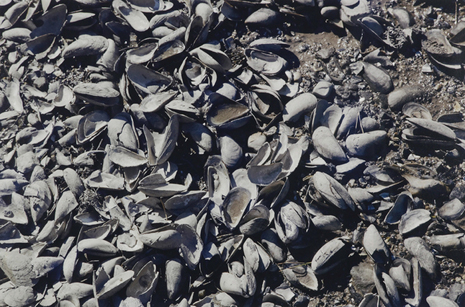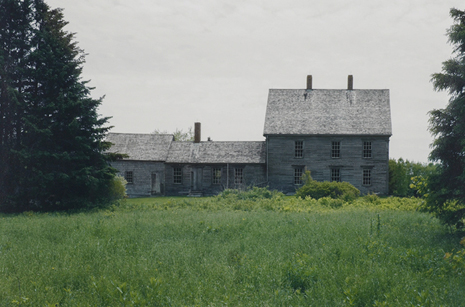William Kherbek on Welling’s latest offering, exploring the influence of Andrew Wyeth on his own work They say it’s best to be yourself because it’s too much work to be someone else. Tell that one to Robert Zimmerman. Indeed, there are a lot of problems with being yourself. For an artist, one of the most difficult is figuring out exactly you begin and your influences end. In the idiom of softball interviews, this is known as “finding your voice”. But some artists never find it yet manage to maintain perfectly successful careers despite. The fifties were littered with dozens of modestly successful tenth-rate Picassos no one can quite remember the names of now. T.S. Eliot, that Andy Warhol of the poetry world, is celebrated for having said of influence that immature artists borrow whilst mature artists steal. Eliot knew what he was talking about as the axle trees in his closet will attest. How much more refreshing, then, to see an artist go on his own trail in an attempt to see how much of his own style is stolen. That’s one of the premises behind James Welling’s new solo show at Maureen Paley Gallery. The photographs on show are from a body of work Welling calls “Wyeth” in honour of his great influence the late American sometime-realist, Andrew Wyeth. “It’s a journey that sets out in search of the other and finds the self” The photographs examine the landscape of Wyeth, the east coast of the US, and all the familiar signifiers are there, the modest churches, the mussel beds, but in Welling’s work, their familiarity seems to degrade and they become more neutral objects. The images feel less documents of the substratae of influence than meditations of the limits of the knowable. Welling’s ability to balance neutrality of depiction with an almost visible self-consciousness in terms of selection might go unnoticed at first glance, but the more you look at the works the more you feel Welling’s initial attempt to deconstruct his practise before the influence of Wyeth reveals more truth about Welling as an artists than Wyeth, who was always a more slippery character than he appeared on the surface. It’s a journey that sets out in search of the other and finds the self, which, one must assume, is kind of always what happens.


James Welling is at the Maureen Paley Gallery 21 Herald Street London E2 6JT until 6 October




